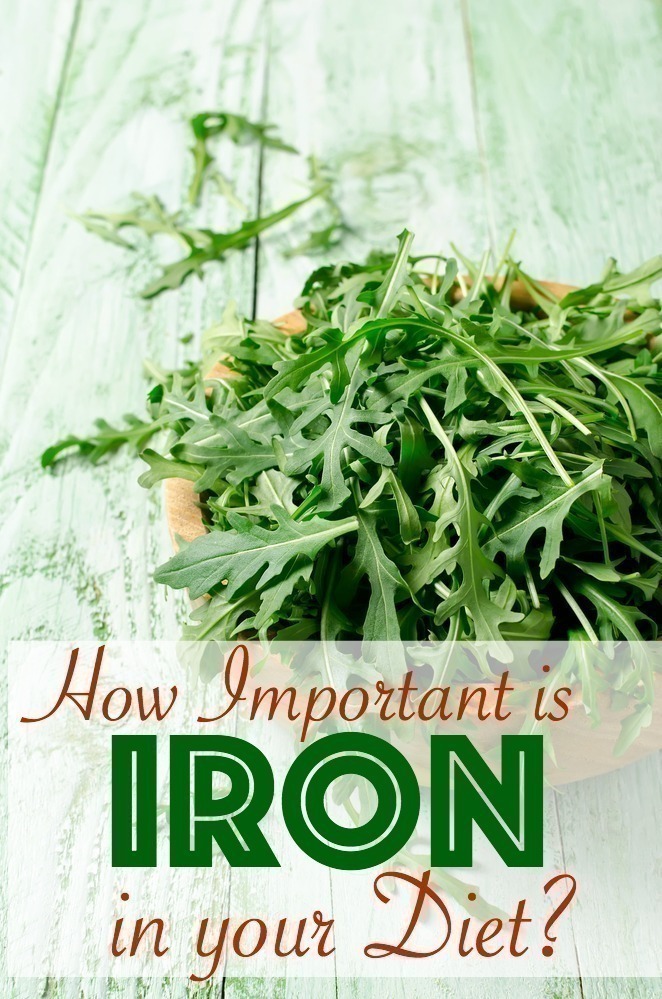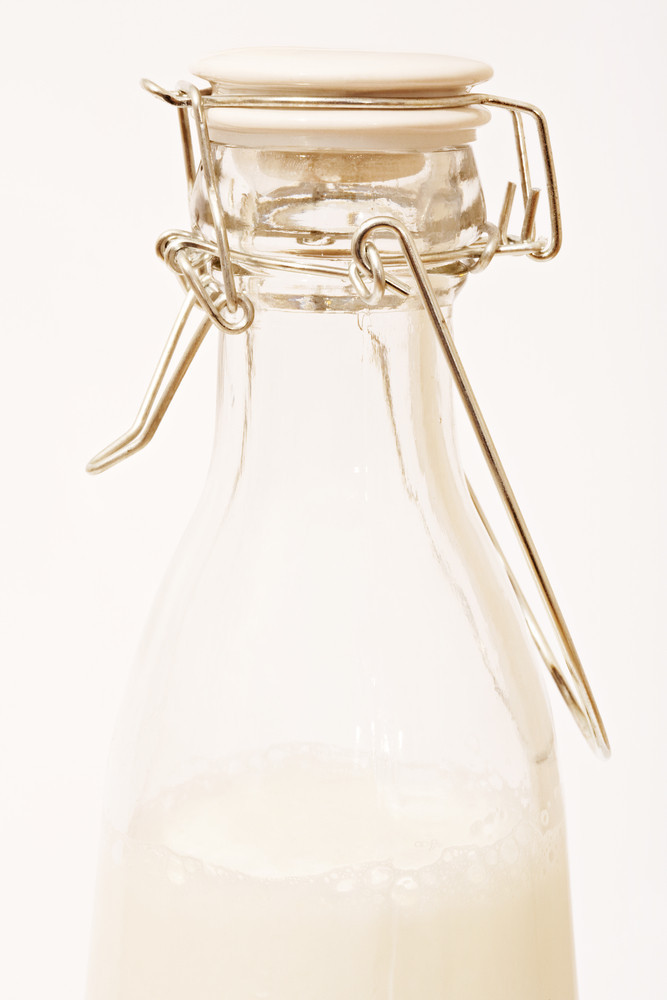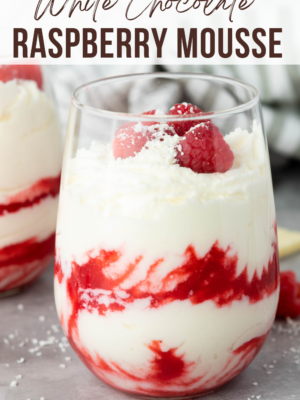
At some point or another, if you have had kids, you may have had someone ask you if you are deficient in Iron. Perhaps it came up in conversation with another Mom… or, for some of us, in the OB’s office as they give you the routine specifics on what to eat and what not to eat while you are pregnant.
I personally get this conversation almost every other week if not every…. and it’s always interesting and surprising to provide my response.
Iron is misunderstood greatly as a nutrient – sometimes when you are pregnant but almost all the time when you choose to lighten up your diet and step back from eating lots of meat. Although we certainly aren’t vegetarian, we rarely eat too much meat – a handful of times each month and usually not beef or pork. But when we mention that, or, go to eat at in laws, we get the typical canned response – “well, you have to eat meat if you are pregnant. If not, how do you plan on meeting the daily requirements?”
(It’s almost as if they think iron ONLY exists in meat and nothing else – not in veggies, not in milk.. in fact, nothing else has iron but ONLY meat.)
Iron is responsible and essential for your red blood cells to carry nutrients all over your body – a deficiency can lead to fatigue, weakness, and pale skin.
I myself am very very VERY pale so when people run into me, at some point they are quick to point out that I might need to up my iron or eat more meat.
But if you are eating more plant based foods, you may find that the iron is not quite as easily absorbed as the iron in animal products – through if you are eating a varied healthy diet you shouldn’t need to spend too much time keeping a close watch on your iron intake.
Differences in Iron based on Source
Iron can come from 2 sources: Plants, and Animals.
- Iron from Animals: Heme (found in animal food) is sometimes better absorbed than non-heme (plant based) iron
- Iron from Plants: Traditionally causes vegans or vegetarians to have lower stores than those who eat meat
Although vegetarians and vegans may have lower iron stores it doesn’t necessarily mean that they suffer from anemia or, have high rates of anemia. Lowe stores of iron can help with lower rates of heart disease, cancer and better (improved) insulin function.
Sources of Iron
There are many foods that hold substantial amounts of iron, including:
- Green Vegetables: Collard Greens, Swiss Chard, Kale
- Nuts/Seeds: Cashews, Pistachio, Pumpkin Seeds
- Legumes: Lentils, Soybeans, Tofu, Lima Beans, Garbanzo Beans
- Grains: Brown Rice, Oatmeal
- And other items like Blackstrap Molasses.
Although you might be consuming LOTS of iron, your body doesn’t necessarily always absorb it well. Absorbing that iron is critical to making that iron work well for you.
If you are vegan or vegetarian, it helps to eat those iron-based foods (non-heme) with vitamin C foods, which will help increase that absorption rate by about as much as 5 times.
It also helps to avoid coffee and tea with high iron meals – as both will inhibit iron absorption.
Eat less to allow your body to absorb iron better. When you consume too much at any particular time, your body can’t absorb all of it – therefore, smaller amounts more frequently are better and easier absorbed.
Cooking with Cast Iron can also increase the iron in your meal (even more when you cook with a vitamin C containing food). Cast Iron also lasts much longer – instead of buying new teflon pans, invest in cast iron. I would never rely on cooking with cast iron too much though – but if you do, you’ll get a boost in benefits.

Iron in Milk?
Not everyone drinks milk… but if you do, many people understand that there is very LITTLE iron in milk – but that doesn’t apply to “all milk”. When you look at Pasteurized milk in the grocery store, it is true: it is very very low in iron content. The reason it is low is relatively easy: cows are fed more grains (and most are GMO grains) instead of rich, iron grass.
When someone mentions to us that drinking milk is bad, I automatically assume they are referencing processed milk – because Raw Milk definitely isn’t and can’t be thrown in the same category as the milk you pick up at the supermarket.
Pasteurization destroys all that good enzyme activity IN the milk and therefore makes it incredibly hard for the body to absorb iron from other foods. That process of pasteurization makes it harder for the body to absorb the beneficial calcium and minerals to absorb, too. Phosphates in pasteurized milk have been completely removed — and those phosphates are essential for the absorption of calcium.
But as we mentioned, not ALL milk has low to no iron ~ in Raw Milk, the level of iron is over much greater. While milk may not top the charts in terms of iron levels, Raw Milk does have beneficial iron that can make an impact on your daily levels. In raw milk, enzymes haven’t been destroyed – therefore they allow for better absorption of vitamins and minerals. Enzymes that are destroyed in pasteurized milk are alive and well in Raw Milk – and they, too allow for calcium to absorb MUCH better.
Lactoferrin is one of those enzymes, and has the ability to bind iron – it also has many other properties (see HERE):
It’s an effective anti-oxidant, anti-fungal, anti-bacterial, anti-viral, anti-inflammatory, anti-cancer agent and immune-boosting powerhouse.
As an antioxidant, lactoferrin behaves like an iron scavenger, snapping up free iron, which helps inhibit iron-catalyzed free radical damage to cells.
As if all that isn’t enough, many studies have also shown that lactoferrin can limit or suppress the spread of cancer cells (metastasis) in mice (the word ‘murine’ in journal articles means mouse). One theory is that the formation of new blood vessels (angiogenesis) necessary for tumor growth is limited by lack of available iron.
Don’t know too much about Raw Milk? Think it’s unsafe? Read our last post for more.



